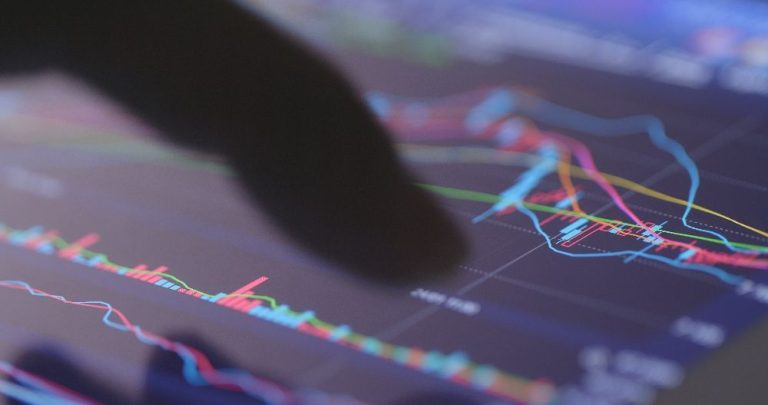ServiceNow (NOW) stock price has done well, rising by 26% this year and by 243% in the last five years. It has also risen by 1,385% in the last decade, giving it a market cap of over $190 billion.
ServiceNow is doing well
ServiceNow is a large technology company that provides an end-to-end workflow automation platform to some of the biggest companies globally.
It offers these companies the Now Platform, which comprises key areas that make work easier. For example, its technology segment empowers IT departments to plan, build, and operate service that IT departments need.
The customer and industry segment lets these firms have quality customer relations, while the employee workflow business helps firms simplify how their employees get the services that they need.
ServiceNow has added over 85% of all companies in the Fortune 500 as clients. Some of the top customers are firms like Saudi Aramco, Siemens, and BT Group, the biggest telecommunication company in the UK.
The company has been recognized by some of the biggest players in the tech sector like Forrester and Gartner.
ServiceNow’s business has grown rapidly in the past few years as companies have worked to simplify their operations. It also benefits from ongoing investments in artificial intelligence (AI), which it has partnered with Microsoft and Nvidia. It also acquired Element AI in 2020 and Luma AI in 2022 to boost its presence in the industry.
Its total revenue has jumped from $3.4 billion in 2019 to over $8.9 billion last year, and analysts expect that its business will continue doing well. Its performance is notable, because, unlike other large companies like Salesforce and Microsoft, it has not done big acquisitions in the past.
NOW earnings download
The most recent financial results show that its quarterly revenues rose by 23% in the last quarter, a remarkable thing for a company that has been in business for 20 years. In most periods, such companies grow earlier on and then stall afterwards. We have seen that with companies like DocuSign, Smartsheet, and DocuSign.
ServiceNow’s gross profit rose by 79% to over $2 billion, while its net income was $262 million. It also expects its business to continue doing well in the current quarter, with revenues between $2.660 billion and $2.665 billion.
Analysts expect that ServiceNow’s revenue for the year will jump to $10.9 billion, followed by $13.15 billion in 2025.
Its earnings per shares are expected to jump to $13.79 in 2024 from $10.78 last year. They will then jump to $16.54 next year. In the past, ServiceNow has done better than analyst estimates.
Servicenow valuation concerns
A big concern is whether ServiceNow has room for more growth now that it counts most of the biggest customers as clients.
The other common issue is on its valuation, which has become highly stretched in the past few years. Its market cap has moved to $183 billion, while its trailing and forward price-to-earnings multiples being 161 and 53. These multiples are significantly bigger than other fast-growing companies like Microsoft, Nvidia, and Alphabet.
ServiceNow also trades at a price-to-sales multiple of 18.5, higher than its five-year average.
The best valuation metric for SaaS companies like ServiceNow is known as the Rule of 40. It is an approach of valuing firms that involves adding a company’s growth and its margins.
In ServiceNow’s case, it has a net income margin of 11% and an EBITDA margin of 16.4%. Its forward growth metric is 22%. Therefore, its net profit-based rule of 40 figures comes in at 33% while its EBITDA-based figure is 338%, meaning that the company is highly overvalued. This explains why Guggenheim downgraded it in August.
The stock has also jumped above the analysts’ estimates of $872.
ServiceNow stock price analysis
The weekly chart shows that the NOW share price has been in a strong bull run for a long time. It flipped the important resistance point at $706.70 earlier this year. This was a crucial level because it was its previous all-time high.
Now, shares have remained above all moving averages, while the MACD and the Relative Strength Index (RSI) have continued to rise, forming a rising wedge pattern.
Therefore, the stock will likely retreat and retest the psychological point at $800 and then resume the rebound to $1000.
The post ServiceNow stock is severely overvalued – rating downgrade appeared first on Invezz










